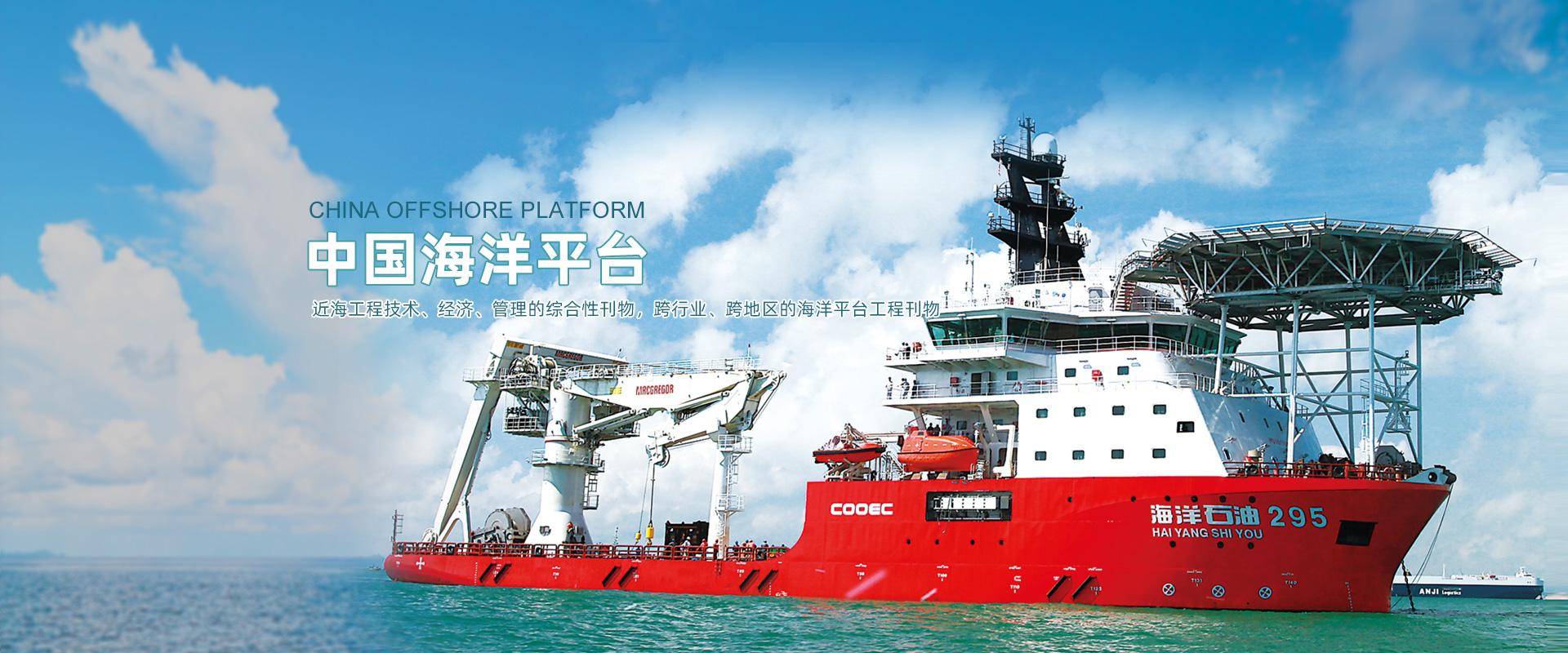Abstract:Hydrogen production through offshore wind power is one of the important ways to develop and consume deep-sea wind power, and it is also an important component of solving the high proportion renewable energy consumption and the construction of new power systems. The advantages, disadvantages and applicability of different hydrogen production modes through offshore wind power are compared from the aspects of technical solutions, equipment investments, operation and maintenance, and consumption. Due to the constraints of hydrogen costs and consumption, offshore wind power development should focus mainly on electricity consumption, with hydrogen production through offshore wind power as a supplement. The centralized hydrogen production and pipeline hydrogen transportation modes of deep-sea wind power is quite competitive due to the low cost of hydrogen production and transportation, but are limited by the consumption of green hydrogen. Therefore, it is necessary to integrate hydrogen production through offshore wind power with refining, metallurgy, and other industries for better development. At present stage, hydrogen production through offshore wind power faces multiple challenges such as policies, standards and technologies. It is necessary to work together from policy guidance, standard setting, and technological breakthroughs to promote the industrial landing.
